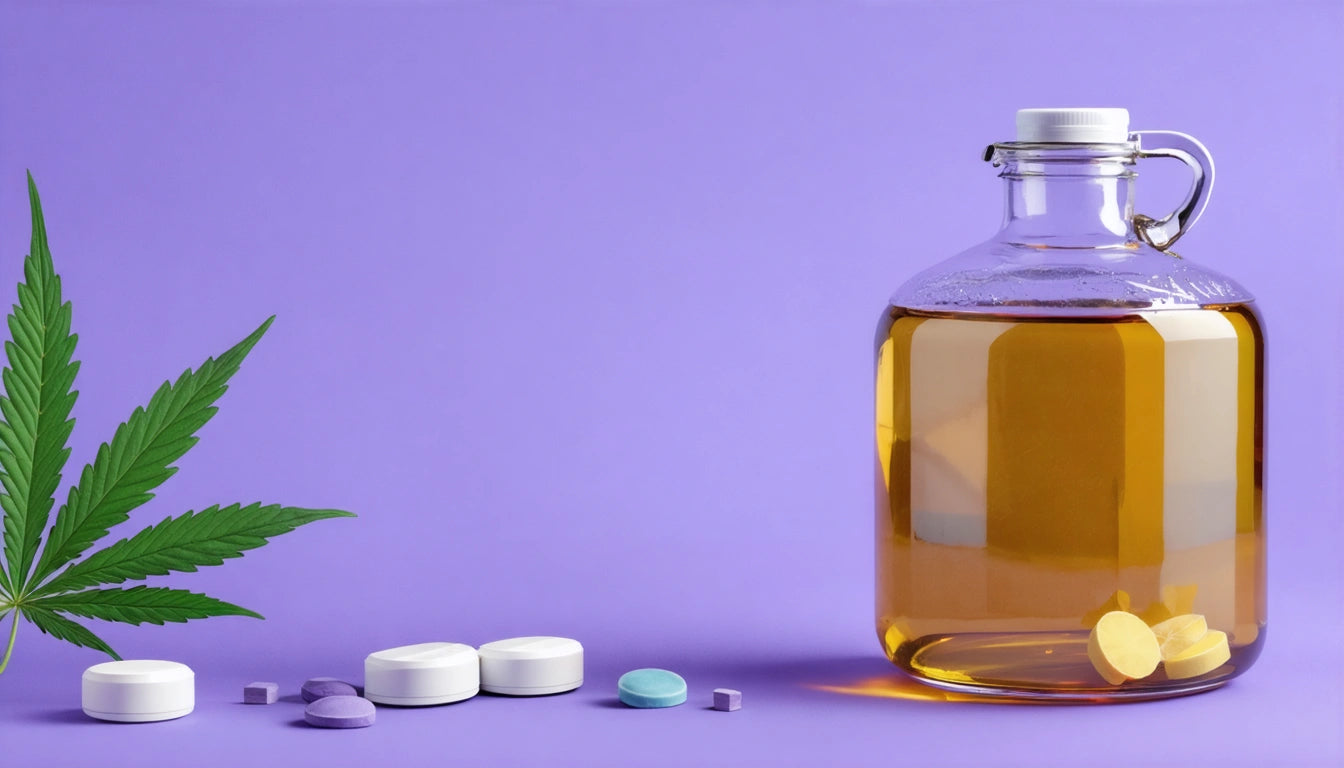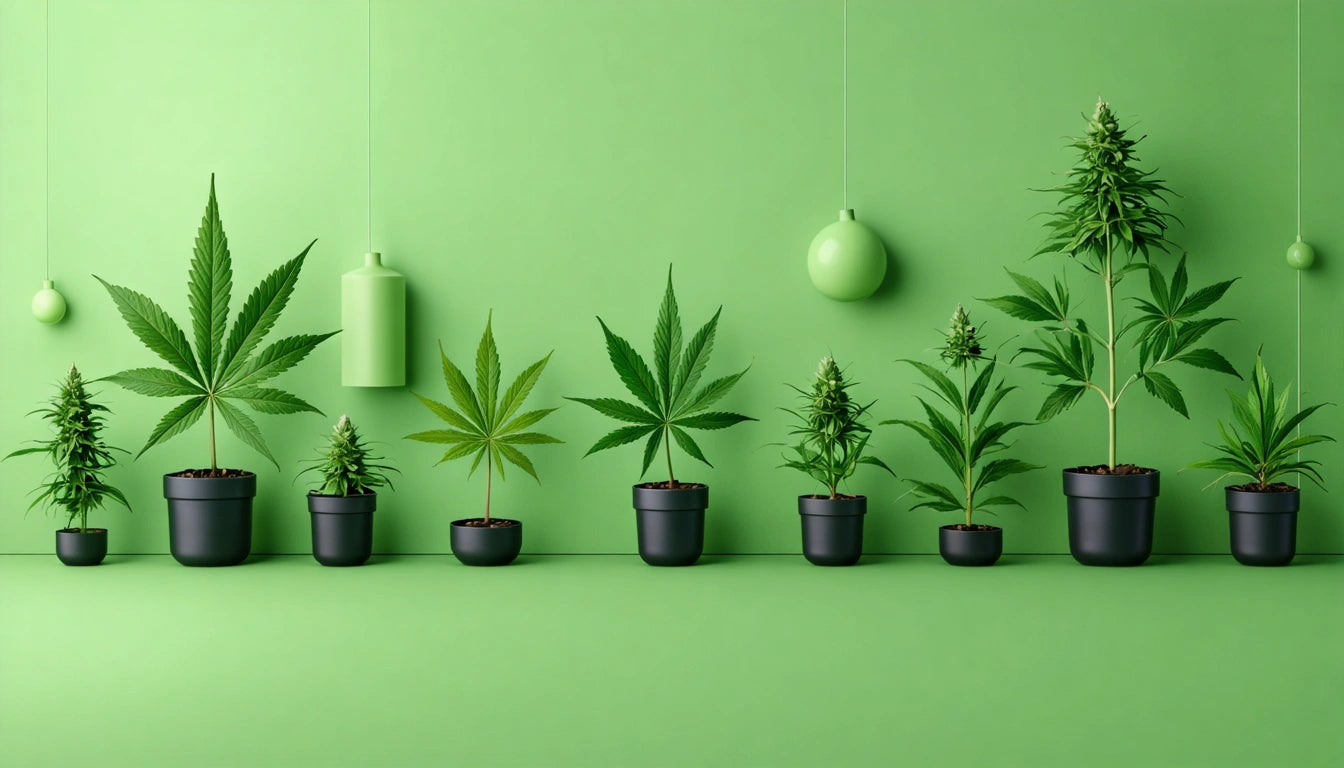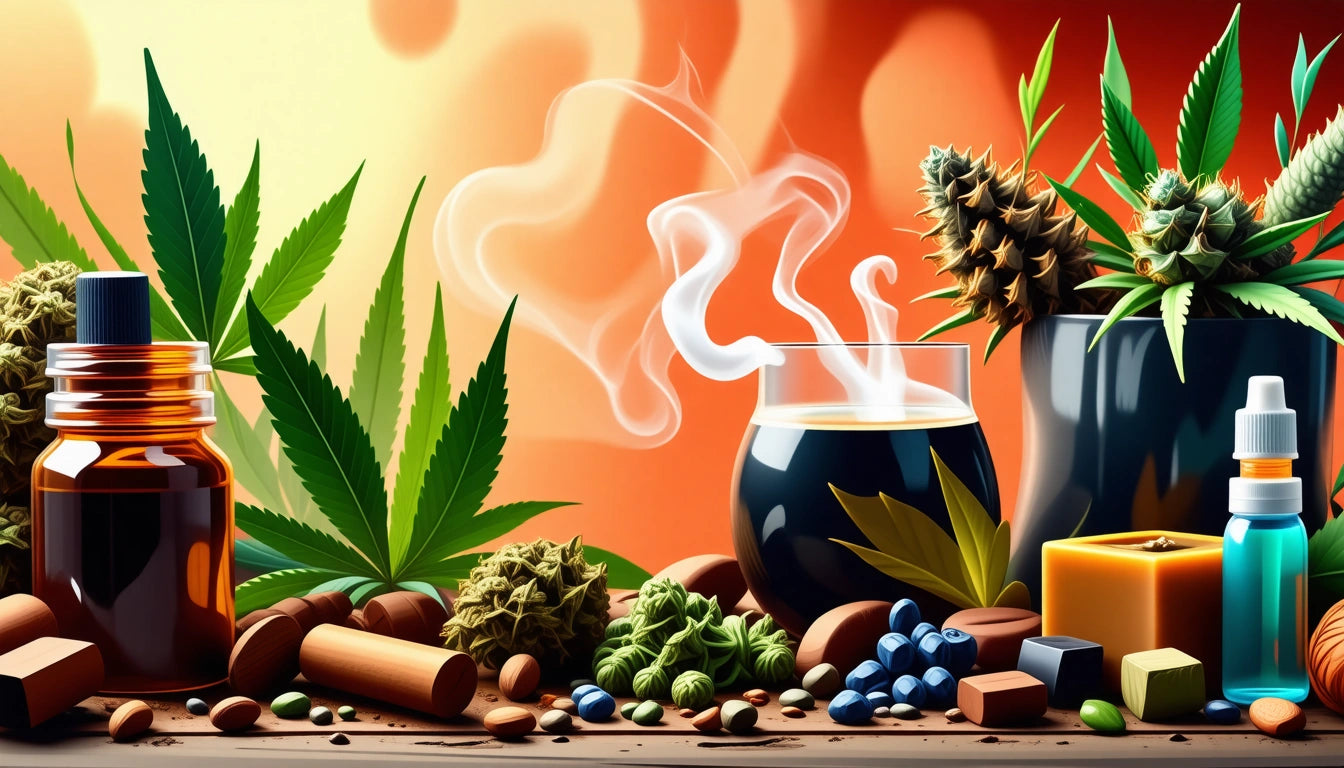How to Reduce Damage Rates with Smarter Packaging Materials
Product damage during transit and storage represents a significant cost for cannabis businesses. Beyond the immediate financial impact of replacing products, damage affects customer satisfaction, brand reputation, and operational efficiency. Implementing smarter packaging materials can substantially reduce these issues while providing additional benefits throughout your supply chain.
Understanding Product Damage Causes
Before selecting protective packaging solutions, it's essential to identify common damage sources. For cannabis products, these typically include:
- Physical impact during shipping and handling
- Moisture fluctuations affecting product quality
- Temperature variations compromising potency
- Light exposure degrading cannabinoids
- Compression damage during stacking or storage
By analyzing your damage patterns, you can target specific vulnerabilities rather than overspending on unnecessary protection. This data-driven approach ensures cost-effective solutions tailored to your actual needs.
Protective Packaging Innovations
Recent advances in protective packaging offer cannabis businesses multiple options for reducing damage rates. As highlighted in this overview of protective packaging innovations, materials science has delivered significant improvements in cushioning performance.
Cushioning Materials
Modern cushioning options include biodegradable air pillows, molded pulp inserts, and advanced foam solutions that absorb impact while minimizing space requirements. These materials create protective zones around products, preventing movement during transit and absorbing shock from drops or impacts.
Rigid Protective Containers
For high-value cannabis products like concentrates or premium flower, rigid containers with custom inserts provide superior protection. These solutions combine durability with precise product positioning to eliminate movement and prevent damage from external forces.
Moisture Control Solutions
Moisture fluctuations represent a significant threat to cannabis product quality. Too much humidity can promote mold growth, while too little can dry out flower and reduce potency. Implementing effective moisture control within your packaging is essential for maintaining product integrity.
Humidity control packs represent one of the most effective solutions for cannabis products. Specialized humidity control products maintain optimal moisture levels within packaging, preserving terpenes and preventing both overdrying and mold issues during storage and shipping.
Sustainable Protective Materials
Today's consumers increasingly value sustainability, making eco-friendly protective packaging a dual benefit. Sustainable options that reduce damage while minimizing environmental impact include:
- Molded fiber packaging made from recycled paper
- Plant-based cushioning materials
- Compostable protective films
- Recyclable rigid containers
These materials offer comparable or superior protection compared to traditional options while aligning with consumer values and potentially reducing disposal costs.
Implementing Packaging Improvements
When upgrading your protective packaging strategy, consider these implementation steps:
Conduct Damage Analysis
Review past damage incidents to identify patterns and specific vulnerabilities. This analysis should include damage type, frequency, and associated costs.
Test Before Full Implementation
Before committing to new packaging materials, conduct small-scale tests with real shipments to validate performance. Weatherproof packaging solutions may be particularly important to test in various conditions.
Train Staff Properly
Even the best protective materials can fail if improperly used. Ensure all team members understand proper packing procedures and material handling.
Gather Customer Feedback
Regularly collect input from customers about product condition upon arrival. This feedback provides valuable insights into real-world performance.
Measuring ROI of Protective Packaging
Smarter packaging materials typically require higher upfront investment but deliver significant returns through reduced damage rates. To accurately measure ROI, track these metrics before and after implementation:
- Damage rate percentage
- Replacement and reshipping costs
- Customer satisfaction scores
- Return processing expenses
- Customer retention rates
Most cannabis businesses find that even a modest reduction in damage rates quickly offsets the additional cost of improved packaging materials. The long-term benefits to brand reputation and customer loyalty provide additional value beyond direct cost savings.
By strategically selecting protective materials based on your specific product vulnerabilities, you can significantly reduce damage rates while potentially improving sustainability and customer experience. The key is identifying the right balance between protection and cost-effectiveness for your unique product line and distribution channels.











Leave a comment
All comments are moderated before being published.
This site is protected by hCaptcha and the hCaptcha Privacy Policy and Terms of Service apply.